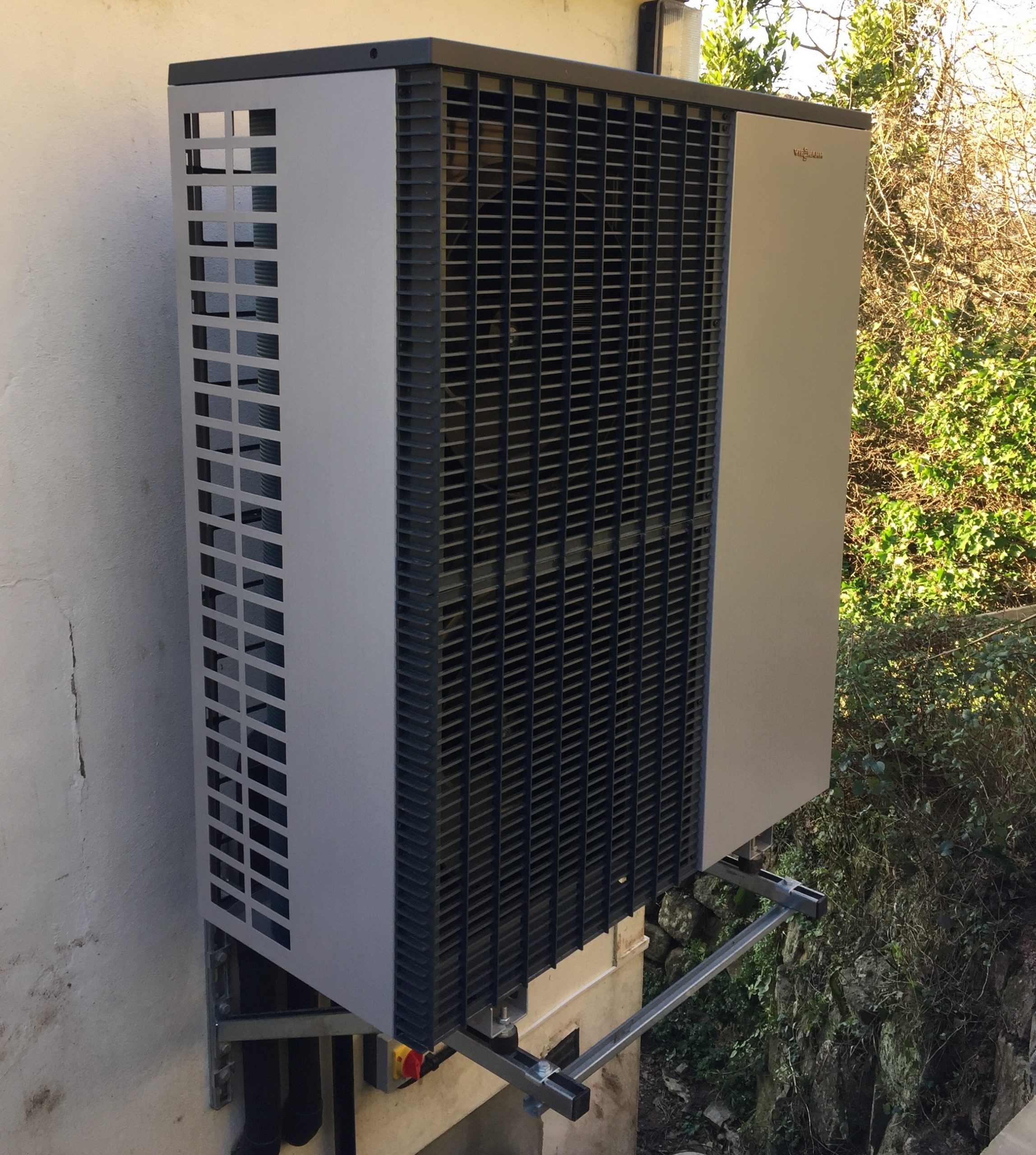We’re thrilled to welcome another industry expert into the Buildpass family as part of our ‘Guest Post Series’. Today, we have the pleasure of hearing from Darren McMahon, Marketing Director at Viessmann.
Most homeowners facing the need for a boiler replacement today are likely to give at least a passing thought to the viability of a heat pump. The government is seeking to steer people in the direction of heat pumps with announcements that fossil-fuel heating will be replaced by low-carbon heating systems in all homes built after 2025. The Green Homes Grant, which is due to go live to applications from the end of September 2020, will issue vouchers of up to £5,000 per household and up to £10,000 for low income households, to cover two-thirds of the cost of home improvements such as loft, wall and floor insulation, double or triple-glazed windows, heat pumps and solar thermal.
At Viessmann, we’re big fans of what the Green Homes Grant means for heat pumps in the UK.
The initiative acknowledges some of the issues around retrofitting heat pumps, namely that many, especially older, properties require significant investment in improvements such as insulation, before low temperature heating systems can provide expected levels of comfort, while running in an energy-efficient way. Particularly in the retrofit environment, the homeowner needs to consider both the building fabric and the heat generator. The best way to save energy in the home is to reduce heat loss, something which can be achieved by the primary and secondary measures covered under the Green Homes Grant.
Heat pump installation businesses and homeowners should be aware of certain factors when considering a heat pump retrofit.
A full heat loss calculation will need to be undertaken to assess the current radiator or underfloor heating provision by physically measuring all rooms and windows and assessing the level of insulation in walls, windows, and attic. This will measure the property’s heat loss, allow for the selection of the best, and correctly sized, heat pump for the owners’ lifestyle and perhaps point to the need for a back-up boiler.
These calculations will make it possible to estimate for the customer how much the heat pump-led system will cost to run and what their domestic Renewable Heat Incentive (RHI) payment entitlement will be.
There are other differences to factor in when replacing an older boiler with a heat pump.
One of which is the use of weather compensating controls, which are now obligatory as part of building regulations Part L and for all MCS-approved work. Electric meters must be installed for every phase used in conjunction with the heat pump, including the outdoor unit and building flow heater, for example. Planning permission also requires minimum distances between the heat pump’s outdoor unit and the plot’s borders. Related to planning rights are noise levels which must be assessed to ensure the heat pump is not a nuisance to the householder or neighbours.
The number of air source heat pumps installed in the UK increased by 28% to about 28,000 units during 2019. This is expected to keep growing strongly and it is forecasted that the UK heat pump market will double in size by 2025. We believe that vouchers of up to £5,000 per household will positively impact consumer behaviour and stimulate heat pump sales that have not been previously forthcoming for financial reasons.





















